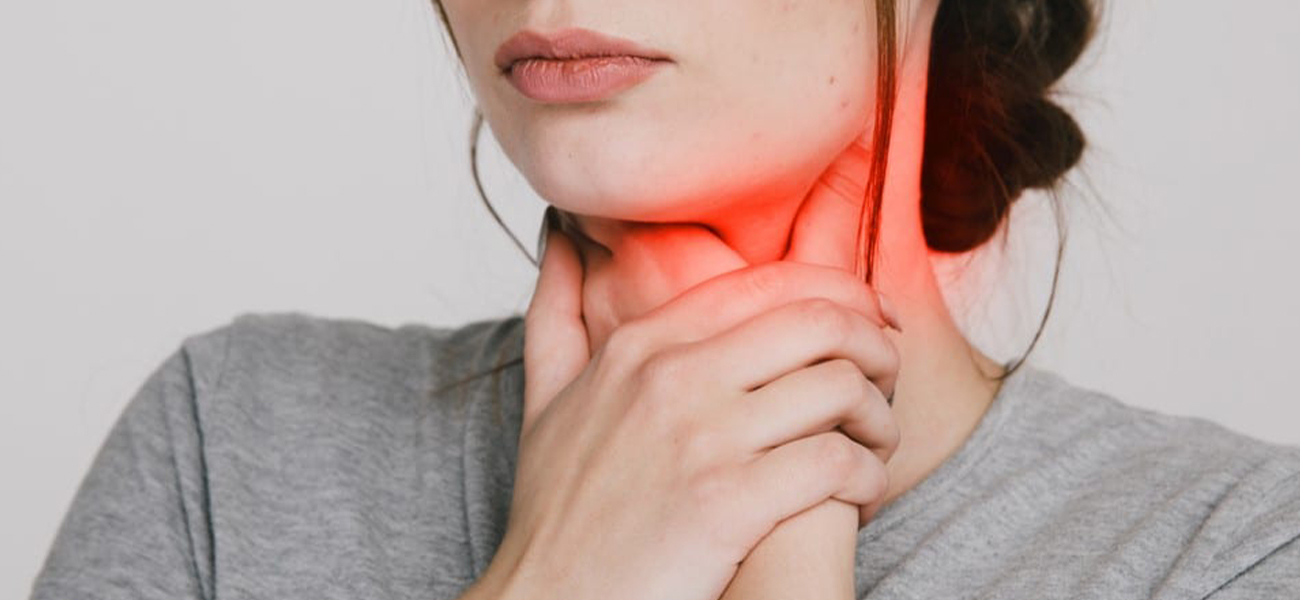Salivary glands are vital organs for oral health and the initial step of digestion. However, from time to time, stones formed in these glands can lead to unexpected problems.
What Are Salivary Gland Stones?
Salivary gland stones, medically known as “sialoliths,” are hard masses that form due to mineral accumulation in the salivary ducts. These stones, which usually contain calcium, can block the flow of saliva, causing swelling and inflammation in the glands. However, in some cases, the stones are not composed solely of calcium; they may also contain magnesium, phosphate, and other mineral components. The chemical composition of the stone may vary depending on a person’s dietary habits and saliva composition.
Which Salivary Glands Are Affected?
Salivary gland stones most commonly form in the major salivary glands. The following glands have a higher likelihood of stone formation:
- Submandibular (under the jaw) gland: The most commonly affected area. Since the salivary ducts are long, narrow, and work against gravity, they are more prone to stone formation.
- Parotid (in front of the ear) gland: Less commonly affected but still susceptible to stone formation.
- Sublingual (under the tongue) gland: Rarely affected by salivary gland stones.
What Causes Salivary Gland Stones?
The exact cause of salivary gland stones is not fully understood, but several risk factors may trigger their formation:
- Low Fluid Intake: Insufficient water consumption can increase the concentration of saliva, leading to mineral accumulation.
- Systemic Diseases: Conditions such as gout, Sjögren’s syndrome, or calcium metabolism disorders can contribute to stone formation.
- Conditions That Reduce Salivary Flow: Prolonged dry mouth, side effects of certain medications, or radiotherapy can slow down saliva production.
- Dietary Habits: Excessive consumption of dairy products can increase calcium and phosphate levels in saliva, promoting stone formation.
Clinical Findings and Symptoms
Salivary gland stones may remain asymptomatic or present with noticeable symptoms. The most common clinical findings include:
- Swelling of the Salivary Gland: Noticeable swelling in the gland, especially during meals when saliva production increases.
- Pain and Tenderness: When the stone blocks the flow of saliva, increased pressure in the gland leads to pain, particularly during eating.
- Inflammation and Infection: A blocked salivary gland can become infected over time, leading to redness, fever, and pus discharge.
- Hard Lump in the Mouth: Sometimes, the stone can be felt inside the salivary duct or at the base of the mouth.
Traditional Treatment Methods
Various treatment approaches have been used for salivary gland stones over time. Traditional treatment methods include:
- Increasing Fluid Intake and Massage: Drinking more fluids and gently massaging the gland may help small stones pass naturally. Foods that stimulate saliva production, such as lemons, may facilitate the movement of stones.
- Minimally Invasive Surgery: Small surgical procedures can remove stones located close to the oral cavity, enhancing patient comfort and speeding up recovery.
- Complete Removal of the Salivary Gland: In rare cases of recurrent stones or severe infections, the affected salivary gland may need to be surgically removed. This is usually considered a last resort.
Sialendoscopy
In addition to traditional treatments, the modern technique of sialendoscopy allows for the minimally invasive removal of salivary gland stones. This method involves inserting a thin camera into the salivary ducts to locate and extract the stone. Advantages:
- No incisions are required, eliminating the need for surgery.
- No hospitalization is necessary.
- Patients recover quickly.
- Preserves the salivary gland.
Conclusion
Although salivary gland stones may seem like a minor issue, they can become quite uncomfortable if left undiagnosed and untreated. Therefore, seeking medical advice at the first sign of symptoms is essential. Fortunately, simple precautions can help reduce the risk of developing this condition!




